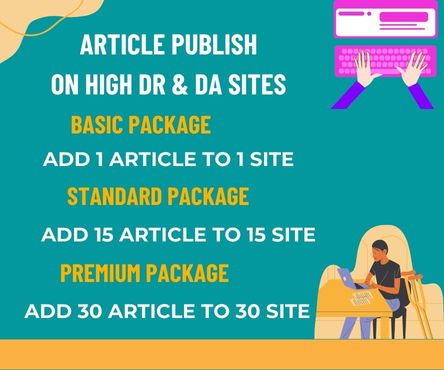When your vehicle refuses to start, the frustration can be overwhelming. The culprit is often the battery, leaving you with two primary options: a quick jump-start or a full battery replacement. Understanding the nuances of each approach is crucial to making an informed decision that gets you back on the road efficiently and effectively. Meet here Need a quick jump vs full battey replacement
The Quick Fix: Jump-Starting
Jump-starting is a temporary solution that can revive your vehicle when the battery is drained. This method involves using another vehicle’s battery to provide the necessary boost to start the engine. It’s a useful technique for situations where the battery hasn’t suffered physical damage or extensive wear and tear. Jump-starting can be performed with jumper cables and another vehicle or through a portable jump starter.
The benefits of jump-starting include immediate results, cost-effectiveness, and convenience. However, it’s essential to recognize that this solution is not a fix but rather a workaround. If your battery is old or has underlying issues, repeated jump-starts can strain other vehicle components, potentially leading to more costly repairs down the line.
The Definitive Solution: Battery Replacement
On the other hand, opting for a full battery replacement provides a more permanent solution to battery-related issues. This approach is particularly advisable if your battery is nearing or has exceeded its lifespan, typically around three to five years, depending on the type and usage. A new battery ensures reliability, eliminating the risk of unexpected failures and the need for frequent jump-starts.
Battery replacement also offers an opportunity to upgrade to a more efficient or suitable battery type for your vehicle’s needs. Modern batteries are designed with advanced technologies that can offer better performance, longer lifespan, and reduced maintenance.
Making the Decision
The choice between jump-starting and battery replacement hinges on several factors:
- Battery Age and Condition: If your battery is relatively new and the issue is due to a one-time drain (e.g., leaving headlights on), jump-starting might suffice. However, if the battery is old or has been problematic, replacement is likely the better option.
- Frequency of Issues: Frequent need for jump-starts indicates a deeper problem, possibly warranting a battery replacement to avoid further inconvenience and potential damage to other vehicle systems.
- Vehicle Type and Usage: For vehicles with advanced start-stop technology or those used in extreme conditions, a high-quality battery that matches these demands might be necessary, leaning towards replacement for reliability.
- Budget Considerations: While jump-starting is cheaper in the short term, the cost of repeated jump-starts, potential damage to the vehicle’s electrical system, and the inconvenience factor can outweigh the upfront cost of a new battery over time.
Conclusion
The dilemma between opting for a quick jump-start and a full battery replacement depends on assessing your vehicle’s specific situation and needs. For temporary relief from a one-off battery drain, jump-starting is a viable option. However, for a reliable, long-term solution that eliminates the uncertainty and potential risks associated with battery failures, investing in a battery replacement is often the more prudent choice. Understanding the condition of your vehicle’s battery and considering your usage patterns are key to making the most appropriate decision, ensuring your vehicle remains operational without unnecessary downtime or repair costs.

